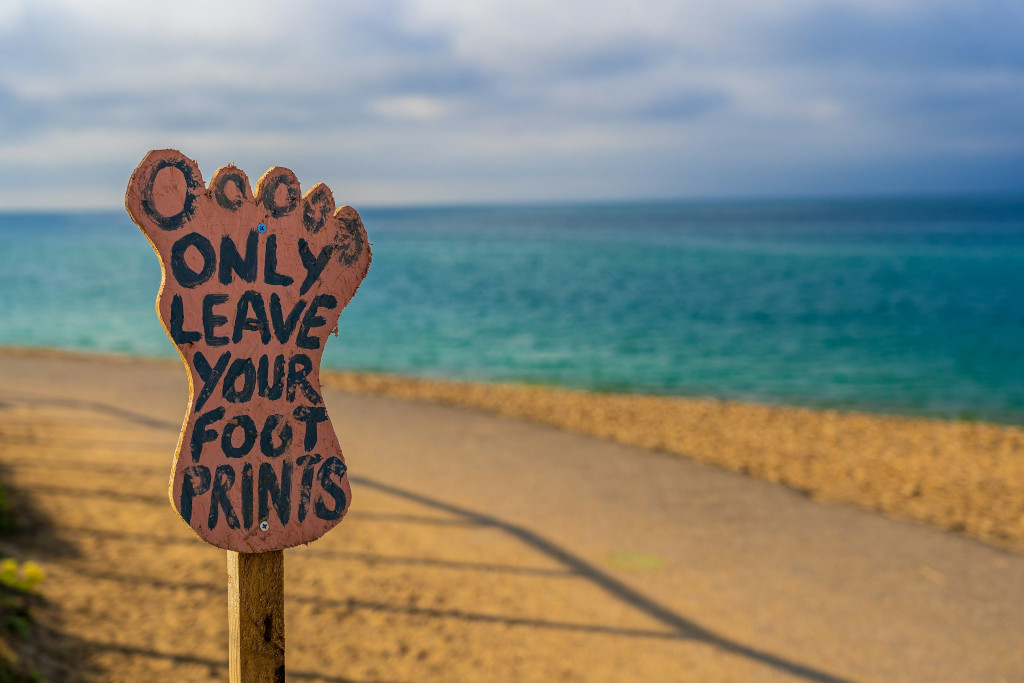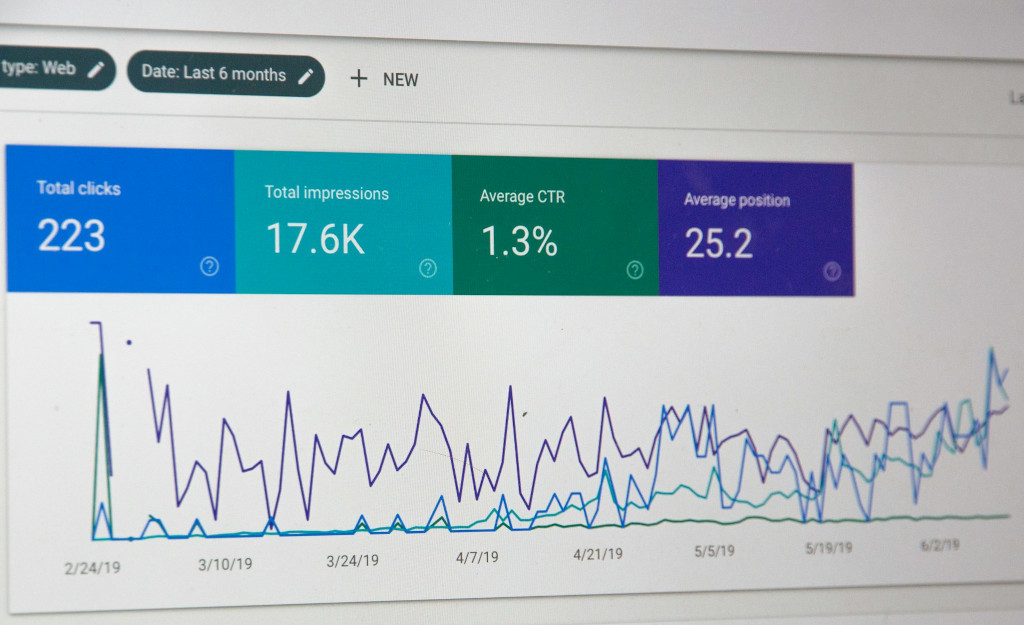Last Updated on October 9, 2025
Today’s sustainable brands face a unique challenge: how to effectively communicate their commitment to environmental and social responsibility while driving business growth. Consumers are more conscious – demanding transparency and responsibility from the companies and businesses they support.
For sustainable brands, reaching and connecting with these consumers requires more than just digital presence – it demands authenticity, strong storytelling, and a well-executed marketing strategy.
Digital marketing offers a powerful platform to achieve both goals. Leveraging the right strategies can help you connect with the right consumers, build trust, and create a lasting impact.
This article explores effective digital marketing tactics sustainable brands can use to stand out, resonate with their audience, and succeed in a competitive market.
1. Target the eco-conscious consumer
Sustainable brands have a unique target audience: the “conscious consumer.” These individuals prioritize eco-friendly products, ethical practices, and transparency when making purchasing decisions.
According to a 2020 report by IBM and the National Retail Federation, nearly 70% of consumers in the U.S. and Canada consider sustainability important when buying something, and over 50% are willing to pay a premium for brands that align with their values.
Reaching these consumers requires a deeper understanding of their values, habits, and pain points. Some of these values and beliefs include:
- Environmental awareness: Deeply concerned about climate change, pollution, and resource depletion.
- Social responsibility: Committed to ethical and fair practices, especially in terms of labor and human rights.
- Health and wellness: Prioritizes natural and organic products, avoiding harmful chemicals and additives.
- Sustainability: Strives to reduce their environmental footprint and live a more sustainable lifestyle.
From there, you can create detailed buyer personas. What are the concerns? What eco-solutions are they seeking? Having these details can help you craft personalized, relevant marketing messages.
Take Action: Use social listening tools to track conversations around sustainability on social media platforms. Tools like Brandwatch or Hootsuite can provide insights into trending topics and concerns within your target audience.
2. Storytelling with purpose

Storytelling is at the heart of every sustainable brand’s marketing strategy. Consumers are drawn to stories that convey purpose, passion, responsibility, and positive environmental impact. Sustainable brands must create compelling narratives that showcase brand mission, values, and sustainability efforts, and build an emotional connection with your audience.
Notable brands like Patagonia use its content to tell stories about environmental activism, conservation, and ethical production. Their blog highlights these efforts, allowing consumers to feel connected to the brand’s purpose.
Take Action: Highlight the “why” behind your brand in blogs, videos, or social media posts. Use storytelling to explain your sustainable practices, such as sourcing eco-friendly materials, labor practices, reducing carbon emissions, or supporting local communities.
3. Leverage social media to build community
Social media is a powerful tool for building an engaged community around your brand. Platforms like Instagram, Facebook, and LinkedIn provide an opportunity for brands to share updates on sustainability efforts, feature behind-the-scenes content, and engage with followers in meaningful conversations.
Take Allbirds, for example. Known for its sustainable footwear, the brand actively shares updates about its carbon-neutral production methods on Instagram. They also engage with followers by responding to comments, reposting user-generated content, and collaborating with eco-conscious influencers.
Take Action: Collaborate with influencers who are aligned with your brand’s mission. These eco-conscious ambassadors can help amplify your message and reach a broader audience that cares about sustainability.
4. Use SEO to bring organic traffic and improve brand visibility
Search engine optimization (SEO) is critical in broadening your brand’s visibility online. With more consumers searching for, and buying eco-friendly products online, using the right keywords and SEO strategies can significantly boost organic traffic to your website. Research shows that 68% of online experiences begin with a search engine, making SEO a critical part of any digital marketing strategy.
Sustainable brands must focus on keywords related to your environmental impact, ethical practices, and eco-friendly practices. Use long-tail keywords like “sustainable clothing for women” or “eco-friendly skincare products” to target niche audiences.
Take Action: Create high-quality, informative blog posts that answer common questions about sustainability in your industry. For instance, if you sell sustainable beauty products, you can write a blog titled “How to Choose Eco-Friendly Skincare” with keywords like “natural ingredients” and “cruelty-free products.”
5. Leverage paid advertising

Paid advertising is an effective way to reach a wider audience. However, sustainable brands must ensure their ads are ethical and transparent. Greenwashing—where companies exaggerate or falsely claim environmental responsibility—can damage consumer trust. Instead, focus on creating honest ad campaigns that reflect your genuine sustainability efforts.
For instance, Tentree, a brand that plants 10 trees for every item purchased, uses paid ads on Facebook to highlight its reforestation projects. Their ads are transparent about their environmental impact and invite consumers to be part of their mission.
Take Action: Use social proof in your ads by showcasing customer reviews, sustainability certifications, and testimonials. This adds credibility and reassures potential customers that your claims are backed by real actions.
5. Personalized email marketing
Email marketing remains one of the most effective channels for sustainable brands to maintain a direct line of communication with their audience.
A study by Campaign Monitor found that email marketing has an average return on investment (ROI) of $38 for every $1 spent. However, the key to success lies in personalizing your campaigns and keeping them aligned with your brand’s values.
Use your email campaigns to share sustainability reports, updates on eco-friendly products, and actionable tips for consumers to reduce their carbon footprint. Personalized emails, such as recommending products based on previous purchases, can also increase engagement.
Take Action: Create segmented email lists based on customer preferences. For example, you can send eco-friendly lifestyle tips to one group and product updates to another, ensuring each segment receives content tailored to their interests.
6. Use sustainability certifications and trust signals
Sustainability certifications like B Corp, Fair Trade, or USDA Organic can boost your brand’s credibility and build trust consumer trust. Display these certifications prominently on your website, product pages, and social media profiles to assure potential customers that your sustainability claims are backed by third-party verification.
Take Action: Use trust badges on your product pages to showcase certifications and eco-friendly attributes, such as “carbon-neutral shipping” or “made from recycled materials.” These badges serve as quick trust signals to visitors.
7. Track and measure progress

As with any marketing strategy, tracking the performance of your digital marketing efforts is critical to success. Metrics such as website traffic, engagement rates, and conversion rates can provide valuable insights into what’s working and what needs improvement.
Google Analytics, HubSpot, and social media insights tools are great for measuring the success of your campaigns. If you notice that certain content or ads are performing well, replicate those efforts. On the other hand, adjust or discontinue strategies that don’t resonate with your audience.
Take Action: Set clear, measurable goals for each campaign. For instance, aim to increase website traffic by 20% within three months or boost email open rates by 15%. Track and review progress regularly. Optimize accordingly.
Conclusion
Sustainable brands can have a meaningful impact on the environment and in their customer’s lives. It comes down to building a transparent, authentic, relatable brand through creative storytelling and leveraging existing digital channels. Embrace the power of digital marketing to inspire action and build a sustainable business—one click at a time.


